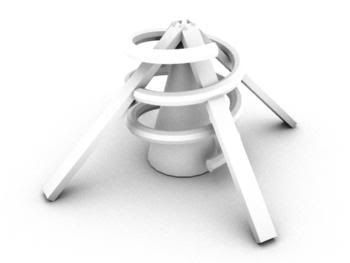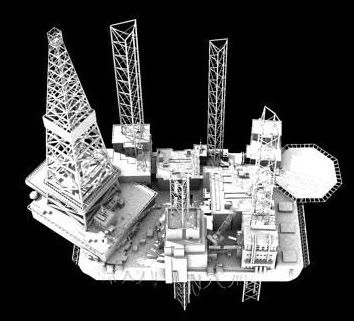
hi all now i will explain how i do it ?
what passes i render it ? and how ?
how i composite it in after FX ?

here is the main lighting. an area light has been enabled the mentalRay area light check box in mentalray tab.
and i've connect a physical light "light shader tab in hypershader inside mentalray" to the light as a light shader in the mentalray tab in the light , and it's color is white and its value 1200.
*note .. when you connect a light shader to a light .. mentalray doest look to the light intensity but it read hte value from the light shader itself.
the physical light makes shadow so you dont have to enable the raytrace shadow.
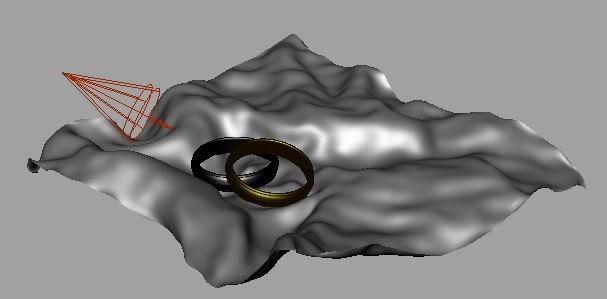
i've added two spots with the same position of the area light. one of them will emit Gi photons and the other will emit caustics photons only to control each one easily (intensity)
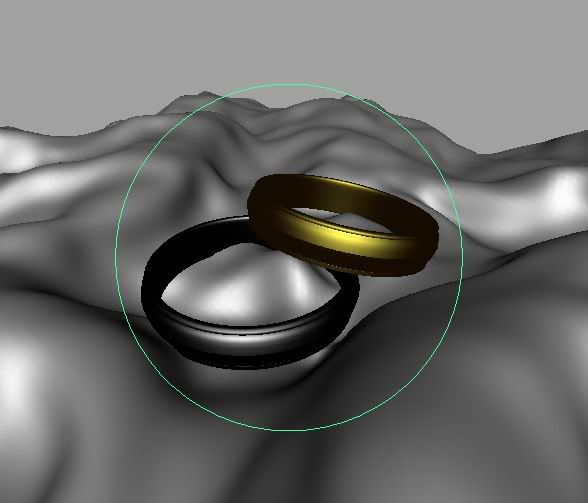
and this is the view of the spot. we dont want to loose any photons around the scene so i made this spot to just emit photons and concentrate it to the reflective OR refractive objects which will cast those caustics away.
the caustics spot ..
- photon intensity... 30.000
- Exponent... 2
- Caustics... 100.000
- Gi... 0.0
the gi spot ..
- photon intensity... 200.000
- Exponent... 2
- Caustics... 0.0
- Gi... 500.000
back light...

i made a directional light with intensity 1 and it casts a raytrace shadow
and i put a spot
because of the same concept that i explain above but this i want it to emit caustics and gi to give a little light bounce from the back.
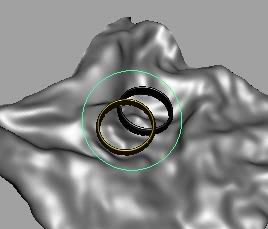
and this is the spot view
- photon intensity... 150.000
- Exponent... 2
- Caustics... 100.000
- Gi... 100.000
and i rendered these passes...

this is the color pass with Gi + FG
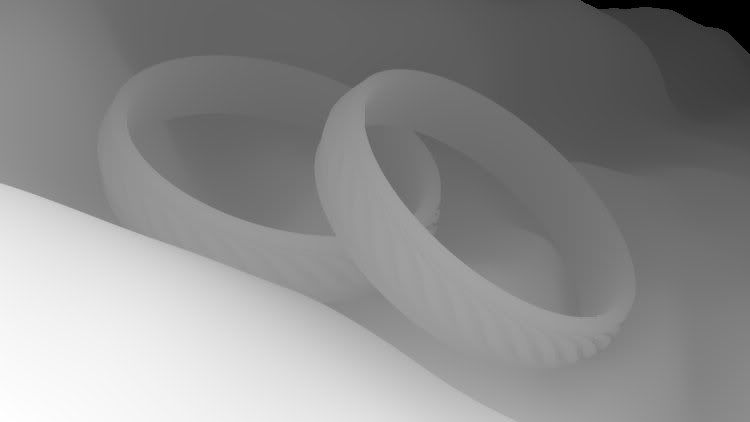
this is the Zdepth.
but that depth i made it by batch render -
by choosing Zdepth option at the render globals- not a "render layer preset" because the preset will assign a shader which will render the surfaces not the displacement.
i preferred to -
in this case which is (objects has displacement Or scene contains particles) - render it with the Z buffer which is maya gives because maya render the displacement and the particles "and particles instance" correctly and easily.











